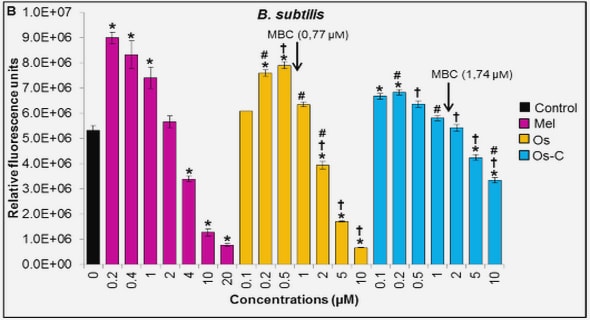(Downloads - 0)
For more info about our services contact : help@bestpfe.com
Table of contents
1. Introduction
1.1. Background, Purpose and Motivation
1.1.1. Prototyping
1.1.2. Product Prototyping
1.1.3. Service Prototyping
1.1.4. Thesis Context and Motivation
1.1.5. Purpose
1.2. Objectives, Research Approach and Questions
1.2.1. Objectives
1.2.2. Research Approach and Questions
1.2.3. Research Questions
1.2.4. Hypothesis
1.3. Research Significance
1.4. Thesis Structure
1.5. Summary
2. Literature Review
2.1. Introduction
2.2. Service
2.3. Immersion and XR
2.3.1. Immersion and Cybersickness
2.3.2. Virtual Reality
2.3.3. Augmented Reality
2.3.4. Mixed Reality
2.4. Prototyping
2.4.1. Service Prototyping
2.4.2. Service Prototype
2.5. Experience
2.6. Immersive Technologies (XR) in Assembly
2.7. Identified Gaps
2.8. Proposed Research Framework
2.8.1. Research Questions and Hypothesis
2.8.2. Proposed Service Prototype eXperience Definition
2.8.3. Proposed SP research Model
2.9. Summary
3. Methods
3.1. Introduction
3.2. Context
3.3. Research Approach
3.4. Research Methods
3.5. Statistical Analysis
3.6. Experiment Preparation
3.6.1. Testing
3.6.2. Baseline Experiment
3.6.3. SP Experiment
3.6.4. Experiment Mixed Reality Extension
3.7. Industrial Workshop and Focus Group Discussion
3.7.1. Workshop
3.7.2. Focus Group Discussion
3.8. Summary
4. Findings
4.1. Introduction
4.2. Baseline Experiment
4.2.1. Observations Results
4.2.2. Qualitative Results
4.2.3. Summary
4.3. Model Statistical Validation
4.4. SP Experiment
4.4.1. Paper Service Prototype
4.4.2. Mock-Up Service Prototype
4.4.3. Virtual Reality Service Prototype
4.4.4. Augmented Reality Service Prototype
4.4.5. Mixed Reality Service Prototype
4.6. Industrial Workshop
4.6.1. Focus Group Discussion
4.6.2. Feedback Survey Results
4.6.3. Focus Group Discussion Results
4.7. Summary
5. Discussion
5.1. Introduction
5.2. Limitations, Reliability, and Validity
5.3. Responding to the Research Questions and Hypothesis
5.4. Outcomes Summary
5.5. Comparing to Recent Studies
5.6. Contribution to the Body of Knowledge
5.7. Contribution to Industrial Practices
6. Conclusion
References




